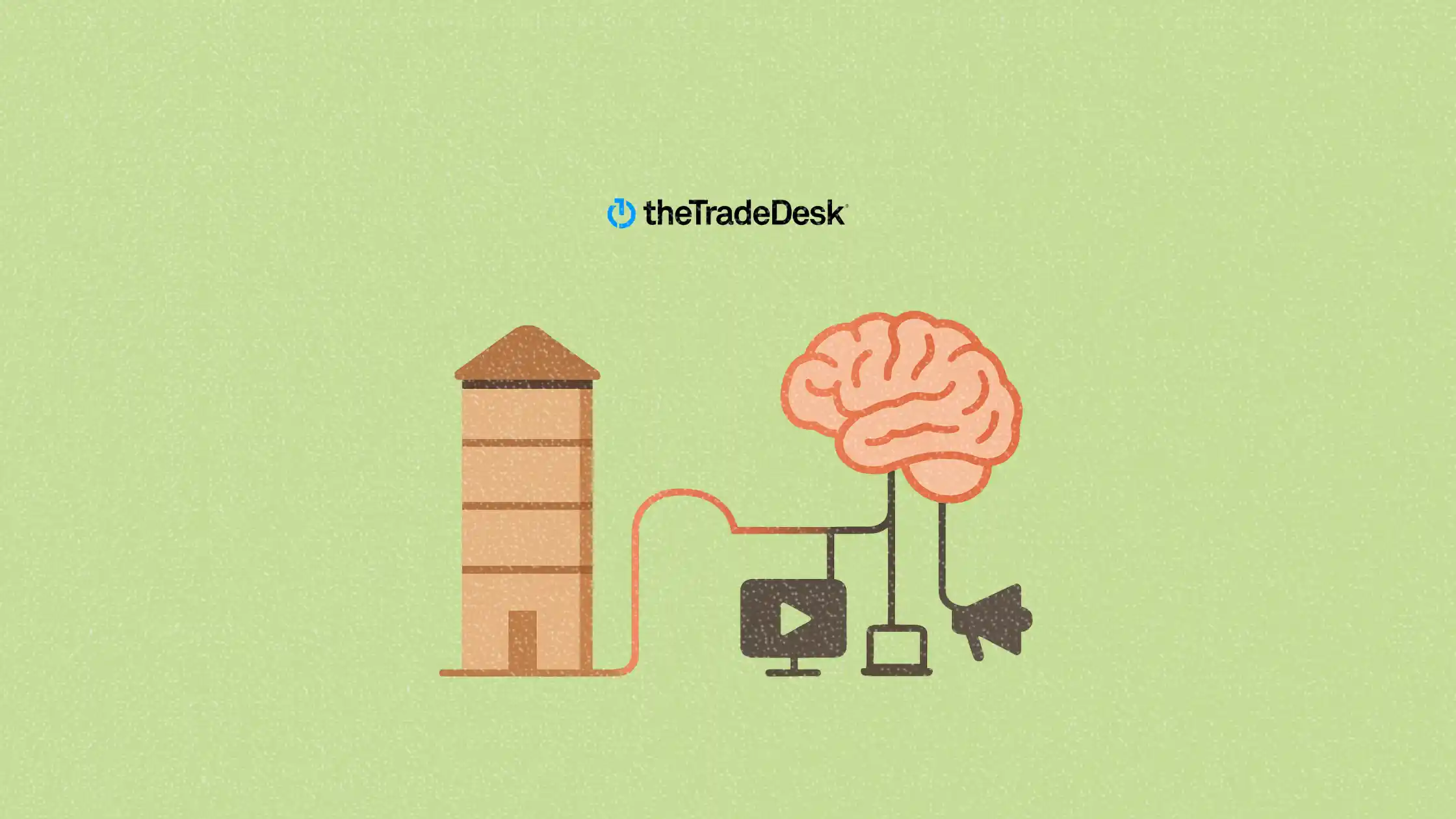The Trade Desk wants marketers to stop siloing media
The Trade Desk reveals how omnichannel ads perform better neurologically. Here’s what it means for media planners

If you’re still planning media channel by channel, you might be doing it wrong. The Trade Desk’s new report, “The Untapped Opportunity of Omnichannel”, backed by neuroscience and behavioral research, finds that omnichannel campaigns consistently outperform traditional multichannel approaches across nearly every key metric.
This article explores the latest findings from The Trade Desk and PA Consulting. It covers what makes a campaign “connected,” how consumer mindset shapes channel effectiveness, and why metrics like attention, memory, and persuasiveness spike when media works as a unified system.
For performance-focused marketers managing large media budgets, this is not just a philosophical shift. It is a full-blown playbook change.
Short on time?
Here’s a table of contents for quick access:
- What did the study reveal
- Why omnichannel outperforms siloed media
- How audience mindset shapes media response
- What marketers should do next

What did the study reveal
In partnership with PA Consulting and Brainsights, The Trade Desk conducted neurological tests across five channels: CTV, display, audio, digital out-of-home (DOOH), and online video. Consumers experienced both connected and disconnected campaigns while researchers measured brainwave data.
The findings were clear. Compared to siloed media buys, connected omnichannel campaigns were:
- 1.5x more immersive
- 1.9x more likely to build emotional connection
- 1.4x more attention-grabbing
- 1.2x more memorable
- 2.2x less mentally fatiguing
Disconnected campaigns showed poor frequency control and lacked contextual relevance. As a result, they led to audience fatigue and weaker brand recall.
Why omnichannel outperforms siloed media
Unlike traditional multichannel strategies that buy placements independently, omnichannel campaigns align messages across platforms in sync with the user journey. This coordination boosts performance across three key neurological dimensions:
- Attention: capturing initial interest
- Encoding: getting remembered
- Connection: driving emotional resonance
For example:
- Audio paired with DOOH increased brand memory by 3.4x
- CTV within an omnichannel setup improved attention by 1.4x and lowered mental fatigue
- Display and online video together boosted attention by 4.7x and connection by 5.8x
In short, coordination amplifies effectiveness.
How audience mindset shapes media response
The study introduces a framework called engagement spaces. It maps how people shift through different mindsets and media contexts during the day.
For instance:
- Audio works best during “get me in the zone” moments like commutes or workouts
- DOOH excels when people are out shopping and want help deciding
- CTV dominates during downtime when audiences are more relaxed and open to storytelling
By aligning media type to mindset, brands can boost recall and minimize ad waste.
What marketers should do next
Here’s how to apply these findings to your marketing strategy:
1. Break down internal silos
Encourage planning teams across media, creative, and data to collaborate. Integrated campaigns require shared KPIs and unified timelines to succeed.
2. Start with audience behavior, not channels
Design campaigns based on when and how people engage with media throughout the day. Build creative and placements around those patterns.
3. Revisit your attribution model
If your current measurement framework only values last-click or direct response, you may be underestimating the real value of awareness-focused media like DOOH and CTV.
4. Balance emotional and rational messaging
Use immersive formats like CTV for storytelling, then follow up with functional messaging on display or video. The brain responds best when messages are sequenced, not scattered.
The Trade Desk’s neuroscience research offers something more than theory. It provides marketers with measurable proof that coordinated omnichannel strategies reduce fatigue, increase memory, and create stronger emotional connection.
As attention becomes harder to earn and budgets tighten, smart marketers will embrace an audience-first approach. Not just reaching people across channels, but meeting them in the right moment, with the right message, at the right time.




